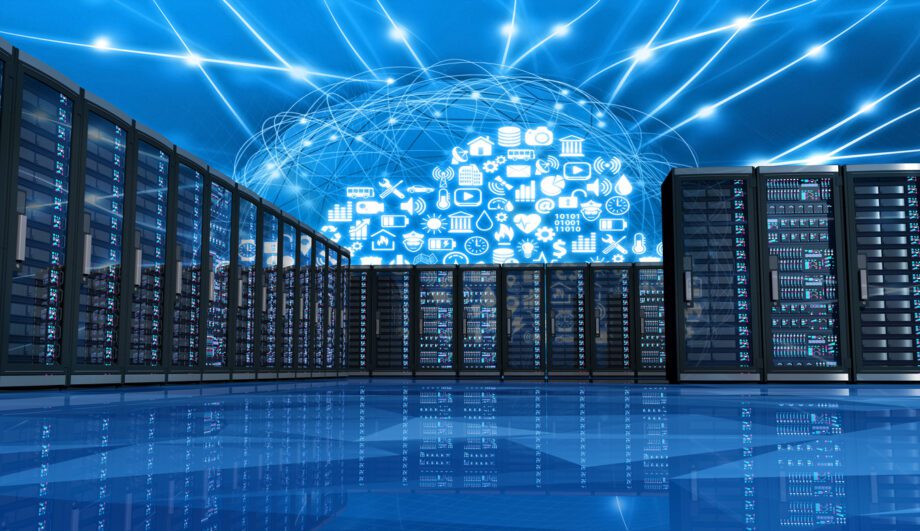How to Develop Your Mainframe Modernization Strategy
Dec 13, 2022


We’ve written before about how to migrate mainframe workloads to the cloud. The key is to follow programs like the AWS Migration Acceleration Program (MAP) for Mainframe that are designed to help teams think through all aspects of the migration process. This should include exploring all possible modernization opportunities.
The problem is that modernizing mainframe applications is uniquely challenging. There is so much history and technical debt tied up in legacy mainframes. And bringing these systems into the digital age requires careful planning and mainframe-specific skill, the latter of which is only getting harder to find. That’s where cloud service companies like AWS come in.
What is Mainframe Modernization?
Mainframe modernization refers to the process of updating legacy mainframe applications, typically as part of a larger on-premise to cloud migration. Mainframe modernizations involve activities like refactoring and transforming application code, as well as setting up managed runtime environments and implementing DevOps best practices.
Organizations that successfully modernize mainframe applications benefit significantly. They are able to increase horizontal scalability and increase architecture flexibility. Modernizations also open the door to innovation by empowering teams to adopt modern cloud technologies that accelerate development and growth.
However, there are challenges when it comes to mainframe modernization:
- Legacy mainframes are complex and rely on dying programming languages, like COBOL/DB2 and NATURAL/ADABA. Companies struggling to find mainframe developers often find it seems easier to follow an “if it ain’t broke, don’t fix it approach.”
- Many companies don’t have thorough documentation for their mainframe applications. It’s difficult to know where to start in many cases without conducting a full-scale audit. For many, the effort doesn’t appear to justify the return on investment.
- IT leaders are hesitant to move away from mainframes that they have invested immense time, money, and energy into already. Many mainframe applications have grown so big that the risk of disruption via modernization isn’t worth possible performance improvements.
- Legacy mainframes don’t integrate well into agile development processes, at least not without making major changes. However, efficient CI/CD pipelines and DevOps best practices are only becoming more important.
These are some of the biggest reasons why mainframes are still popular 70 years after they first appeared. And they are the same reasons why AWS has developed dedicated mainframe modernization services.
What Mainframe Modernization Services Does AWS Offer?
AWS recognizes the challenges that teams face in moving mainframe workloads to the cloud. The good news is that AWS is investing heavily in its mainframe modernization tools.
One of the obvious services to highlight is the core AWS Mainframe Modernization service. AWS Mainframe Modernization includes managed tools for handling essential hardware and software related to mainframe operation.
For instance, with AWS Blu Age, teams can leverage a refactoring pattern that takes legacy mainframe application code and automatically builds modern applications with new-age technology stacks. This includes reverse and forward engineering to go from COBOL-based stacks to .NET or Java-based architectures.
On the replatforming front, AWS Mainframe Modernization uses Micro Focus Enterprise technology to help engineers analyze legacy mainframes and create new development environments and infrastructure accordingly.
AWS also has powerful big data analytics services, like Amazon EMR Analytics and Amazon Kinesis Streams, that make it easy for clients to bring decades of mainframe data into the cloud for processing. This includes structured and unstructured data, both of which have the potential to hold valuable insights.
Furthermore, AWS serves as a robust innovation platform. Organizations can use their legacy mainframe data to stand up new services and augment legacy applications. Solutions like Amazon DynamoDB, Amazon Lambda microservices, and Amazon ECS containers open the door for more agile development and machine learning.
What really separates AWS from other cloud vendors is the provider’s funding for qualified mainframe migration and modernization projects. AWS may fund up to $100k for projects involving an entire mainframe migration. AWS may also provide matching funds up to $400k for the mobile phase of the Migration Acceleration Program. This funding makes it easier for organizations to move forward with the decision to migrate and modernize legacy mainframes.
Develop Your Mainframe Modernization Strategy with ClearScale
As an AWS expert with vast migration and modernization experience, we can help you design the ideal mainframe modernization roadmap for your organization. We’ll conduct an audit of your existing mainframe applications and help you identify cloud readiness gaps. Then, we’ll execute your migration and modernization without disrupting everyday operations.
As an AWS Premier Tier Services Partner with over a decade of experience with the AWS cloud, we know what it takes to translate business requirements into real-world success. And we can plug your mainframe talent gap or augment your team in order to elevate your mainframe performance.
AWS mainframe modernizations don’t have to be intimidating or complex. If you’re considering a mainframe legacy application migration project, let’s discuss your modernization potential. The upside is too valuable to ignore. To get started, schedule a call with us today.
Call us at 1-800-591-0442
Send us an email at sales@clearscale.com
Fill out a Contact Form
Read our Customer Case Studies